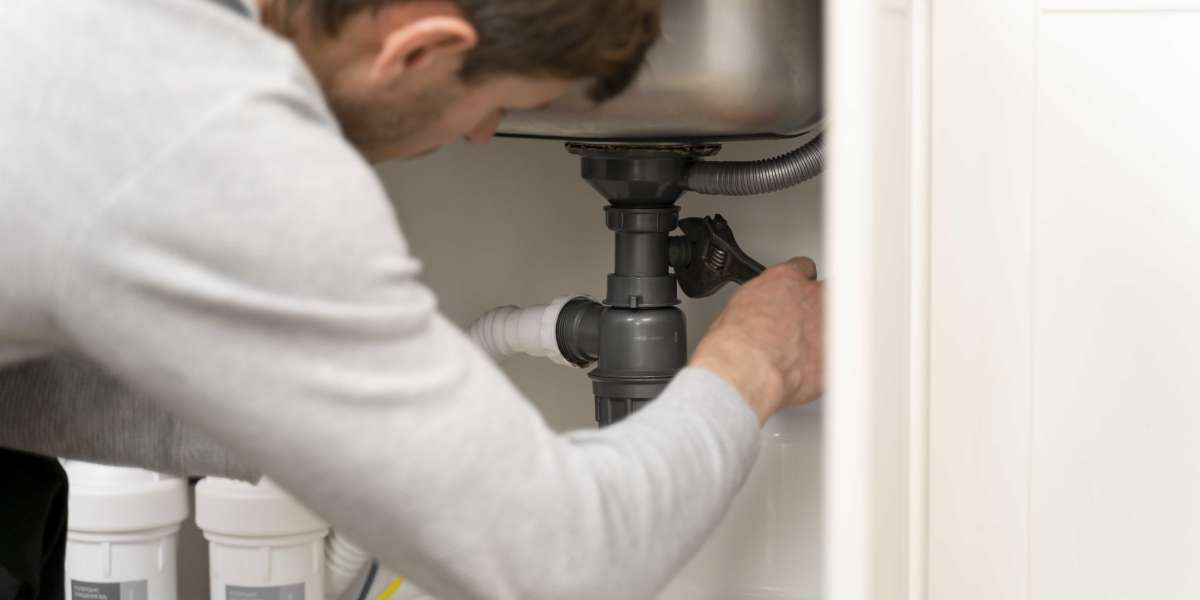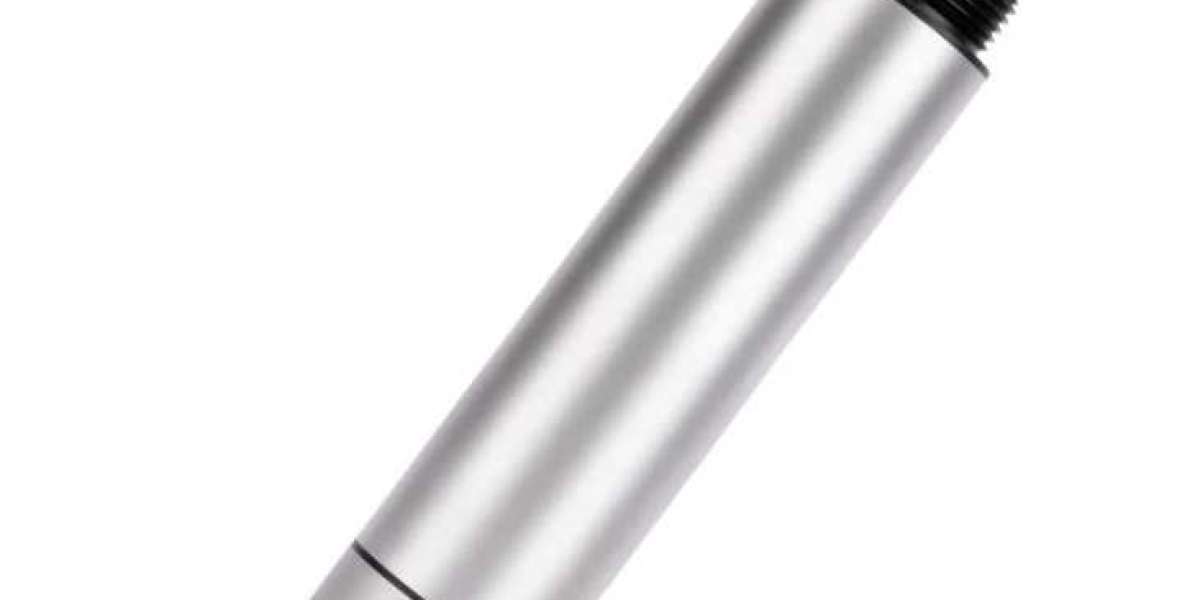Plumbing repairs seem daunting, but once one is equipped with the proper knowledge and techniques, most problems can be handled safely. While some plumbing problems really need professional help, there are a lot of repairs you should easily be able to manage on your own. Here in this blog, we'll have some safe methods for plumbing repairs company that include the use of tools you need and tips to be sure of your safety in the course of the process.
Understanding When to DIY and When to Call a Professional
Before starting to do these particular repairs, one must first understand when it is safe to undertake a plumbing issue oneself and when to call in professional help. Here are some basic tips:
DIY Repairs
You can consider doing it yourself for minor issues, such as:
- Clogged Drains: Using a plunger or drain snake.
- Leaky Faucets: Replacing washers or O-rings.
- Running Toilets: Fixing flappers or adjusting the float.
- Loose Fixtures: Tightening or resealing loose connections.
When to Call a Professional
For more complex issues, it’s best to call a plumber. These include:
- Burst Pipes: Can cause flooding and need immediate attention.
- Major Leaks: Especially if you can’t find the source.
- Sewer Problems: Such as backups or major clogs.
- Water Heater Issues: If you’re unsure about repairs or replacements.
Knowing your limits is crucial for your safety and to prevent further damage.
Essential Tools for Plumbing Repairs
Having the right tools on hand makes plumbing repairs easier and safer. Here’s a list of essential tools you should consider:
- Plunger: Useful for clearing minor clogs in sinks, toilets, and tubs.
- Pipe Wrench: Helps grip and turn pipes for adjustments.
- Adjustable Wrench: Versatile for tightening or loosening nuts and bolts.
- Screwdriver Set: For removing and installing fixtures.
- Teflon Tape: Used to seal threaded joints and prevent leaks.
- Drain Snake: A handy tool for clearing stubborn clogs deeper in pipes.
- Basin Wrench: Helps tighten or loosen nuts in hard-to-reach places, especially under sinks.
- Bucket: Useful for catching any water that may spill during repairs.
- Safety Gear: Gloves and goggles to protect your hands and eyes.
Safe Methods for Common Plumbing Repairs
Fixing a Leaky Faucet
A leaky faucet can waste a lot of water, so it’s good to repair it promptly. Here’s how:
- Turn Off the Water Supply: Look for the shut-off valve under the sink and turn it off.
- Plug the Drain: Use a rag or drain plug to prevent small parts from falling in.
- Remove the Faucet Handle: Use a screwdriver to take off the handle. You may need to loosen a screw or use a wrench.
- Inspect the Parts: Check the washer or O-ring for damage. Replace it if necessary.
- Reassemble the Faucet: Put everything back together and turn the water supply back on. Test for leaks.
Unclogging a Drain
Clogs can occur in sinks, showers, and toilets. Here’s a safe method to clear a sink or tub:
- Use a Plunger: Ensure there’s enough water in the sink to cover the plunger. Create a tight seal and pump up and down vigorously several times. Remove the plunger and check if the water drains.
- Try a Drain Snake: If the plunger doesn’t work, insert a drain snake into the drain. Turn the handle to break up the clog, then pull the snake out.
- Flush with Hot Water: After clearing the clog, pour hot water down the drain to wash away any remaining debris.
Repairing a Running Toilet
A running toilet can waste a lot of water. Here’s how to fix it:
- Check the Flapper: Lift the tank lid and check the flapper (the rubber piece at the bottom of the tank). If it’s worn or not sealing properly, replace it.
- Adjust the Float: If the water level is too high, adjust the float arm so the tank stops filling at the right level.
- Reassemble and Test: Put the tank lid back on, and test the toilet to see if it stops running.
Installing a New Faucet
If your faucet is beyond repair, you can replace it:
- Turn Off the Water Supply: Shut off the valves under the sink.
- Remove the Old Faucet: Disconnect the supply lines using an adjustable wrench and remove any mounting hardware.
- Install the New Faucet: Follow the manufacturer’s instructions. Typically, you’ll place the faucet into the sink and secure it with the mounting hardware.
- Reconnect Supply Lines: Attach the water supply lines to the new faucet and turn the water supply back on.
- Check for Leaks: Turn on the faucet and inspect for any leaks.
Sealing Pipe Joints
Leaky joints can cause water damage. Here’s how to seal them:
- Identify the Leak: Locate the source of the leak.
- Turn Off the Water: Shut off the main water supply.
- Dry the Area: Use a rag to dry the joint.
- Apply Teflon Tape: Wrap Teflon tape around the threads of the pipe joint, then reattach the fitting.
- Turn the Water Back On: Slowly restore the water supply and check for leaks.
Safety Tips for Plumbing Repairs
When handling plumbing repairs, keeping safety in mind is vital. Here are some important tips:
- Always Turn Off the Water: Before starting any repair, turn off the water supply to prevent flooding.
- Wear Safety Gear: Use gloves and goggles to protect yourself from sharp tools and debris.
- Work in a Well-Lit Area: Good lighting helps you see clearly and avoid accidents.
- Keep a Clean Workspace: Clear away clutter to prevent tripping or losing tools.
- Use Tools Properly: Familiarize yourself with your tools and use them as intended to avoid injury.
- Don’t Force Connections: If something doesn’t fit, don’t force it. Double-check your measurements and fittings.
- Take Breaks: If you’re feeling tired or frustrated, take a break. Working when fatigued can lead to mistakes.
When to Call for Help
While many plumbing repairs can be handled safely at home, some situations are best left to professionals. If you encounter any of the following, it’s time to call a plumber:
- Complex Pipe Issues: If you’re unsure how to proceed with pipe repairs or replacements.
- Major Leaks: If you cannot find the source of a leak or if it’s severe.
- Sewer Problems: Issues related to sewer lines should always be handled by professionals.
- Water Heater Problems: If your water heater is malfunctioning or leaking.








